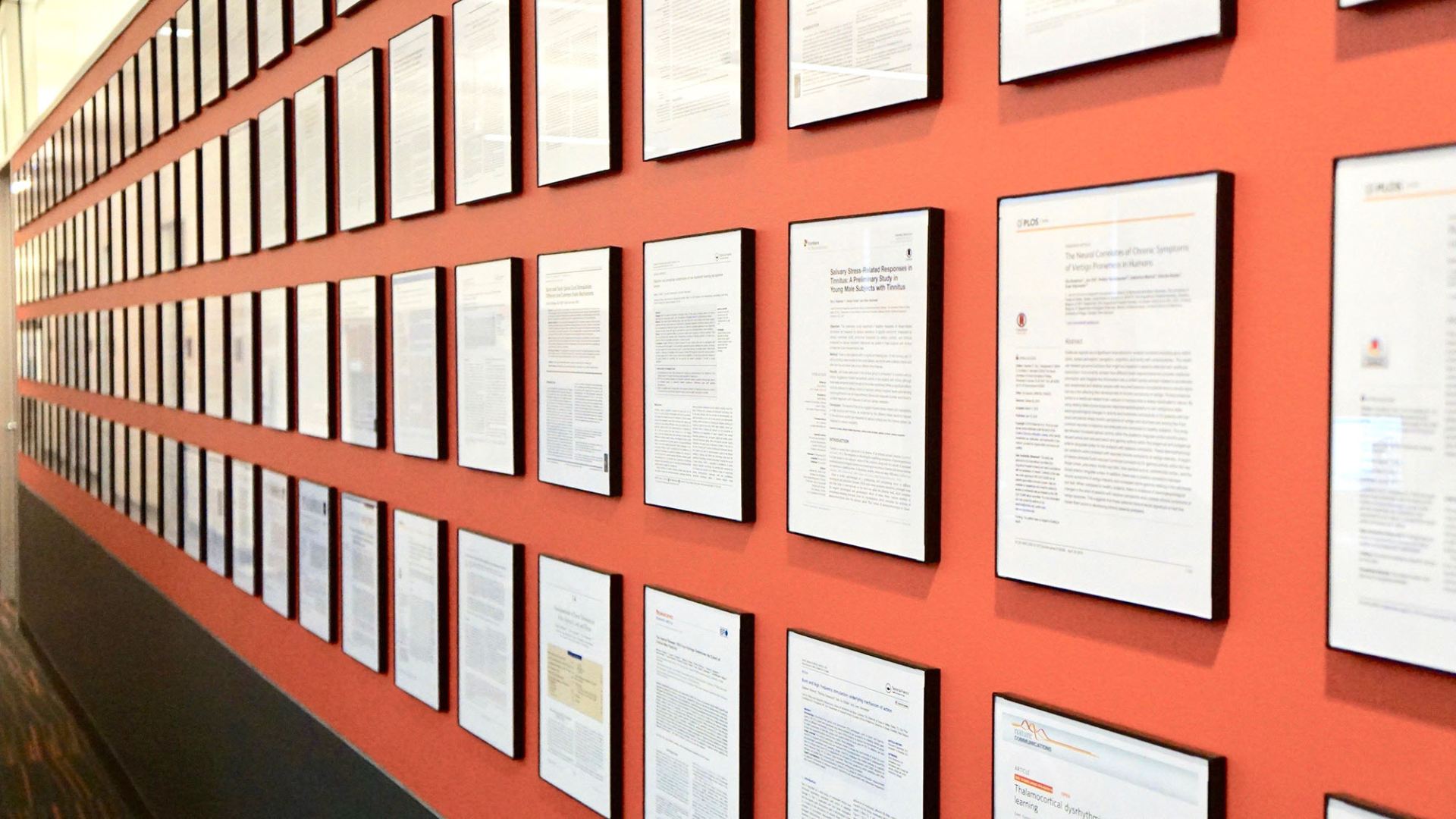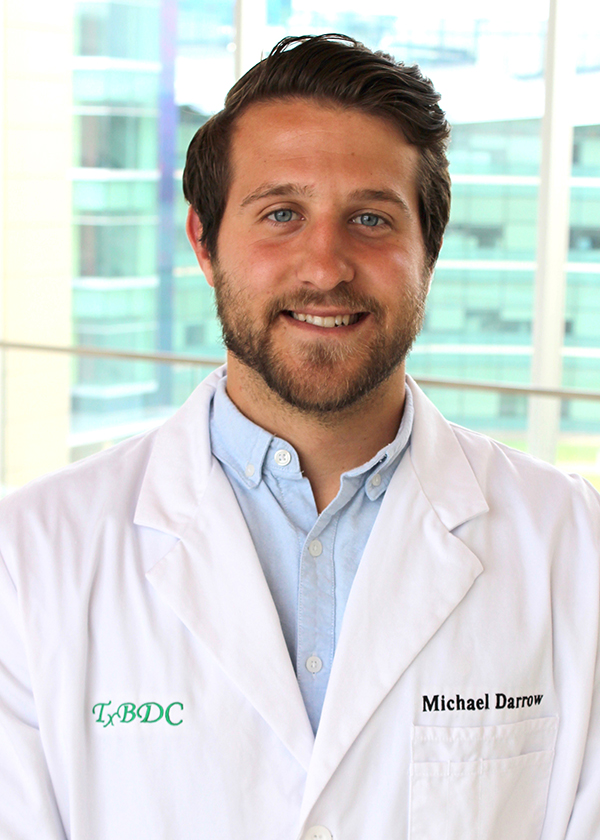
Interview with Dr. Michael Darrow

Vagus Nerve Stimulation Paired With Rehabilitative Training Enhances Motor Recovery After Bilateral Spinal Cord Injury to Cervical Forelimb Motor Pools
Michael J. Darrow, PhD, Miranda Torres, Maria J. Sosa, Tanya T. Danaphongse, Zainab Haider, Robert L. Rennaker, PhD, Michael P. Kilgard, PhD, Seth A. Hays, PhD
What is this paper about?
This paper investigates if VNS paired with rehabilitation can improve motor function following a spinal cord injury in the lower cervical region. We found that by pairing VNS with motor rehabilitation that we could significantly improve performance on the trained isometric pull task, as well as improvements in similar, but untrained somatosensory tasks.
What got you interested in this topic?
When I first started graduate school I was trained by Pat Ganzer who taught me many of the things I know regarding the spinal cord. This area of research has been incredibly fascinating to me as the complete details of communication between the brain and spinal cord are still not fully understood.
Why is this paper important? How does it advance the field?
This paper is important as it allows the TxBDC to include more patients in the upcoming clinical trials, specifically patients with lower cervical region spinal cord injuries. It is also very important as it shows that VNS can still be effective despite a large loss of alpha motor neurons in the lower cervical spinal cord, which are used as the last control station for controlling distal motor function in the upper arms.
What are the real-world implications of this paper?
This paper provides evidence that VNS paired with rehabilitation can provide significant improvements in motor function and may help for continued funding of clinical trials to treat SCI patients. Not only does it increase the previously designated inclusion criteria, but it also brings hope for treatment/improvement of other types of function that are debilitated by SCI like sensory function, bladder/bowel/sexual function, and lower-limb function/walking. I am excited to see the future preclinical and clinical studies ran by TxBDC over these topics.
How did you divide up all the work?
The experimental design, SCI surgeries, analysis, project management, and writing were my responsibility while the health care, secondary assessments, VNS surgeries, immunohistochemistry, some project management, and analysis were divided up among Miranda Torres, Maria J. Sosa, Tanya T. Danaphongse, and Zainab Haider. Lastly, the everyday physical rehabilitation were largely ran by a team of approximately 15 more volunteer students who would typically work in shifts of 3 hours a day.
What was the most surprising result in the paper?
The most surprising result for me was the generalization of the VNS effect to similar, but untrained, forelimb tasks (Figure 4). Although the goal of the study was only to improve motor function on the isometric pull task, benefits were seen with their spontaneous exploration as well as with their grip strength, typically a more reflexive muscle control which was largely inhibited by the SCI.
Were there any interesting setbacks along the way? How did you handle it?
There were a couple of setbacks during this study including some surgery techniques and health care of the animals following the SCI. For the surgery, I had to revise the SCI impact procedure many times to decrease time of that portion of the surgery in order to keep the injuries across animals incredibly consistent. The health care of the animals proved to be a bit more difficult as the animals had a hard time bathing themselves regularly. So we actually gave the rats lukewarm baths on a regular basis during the initial recovery period in order to decrease infection and keep them as healthy as possible.
